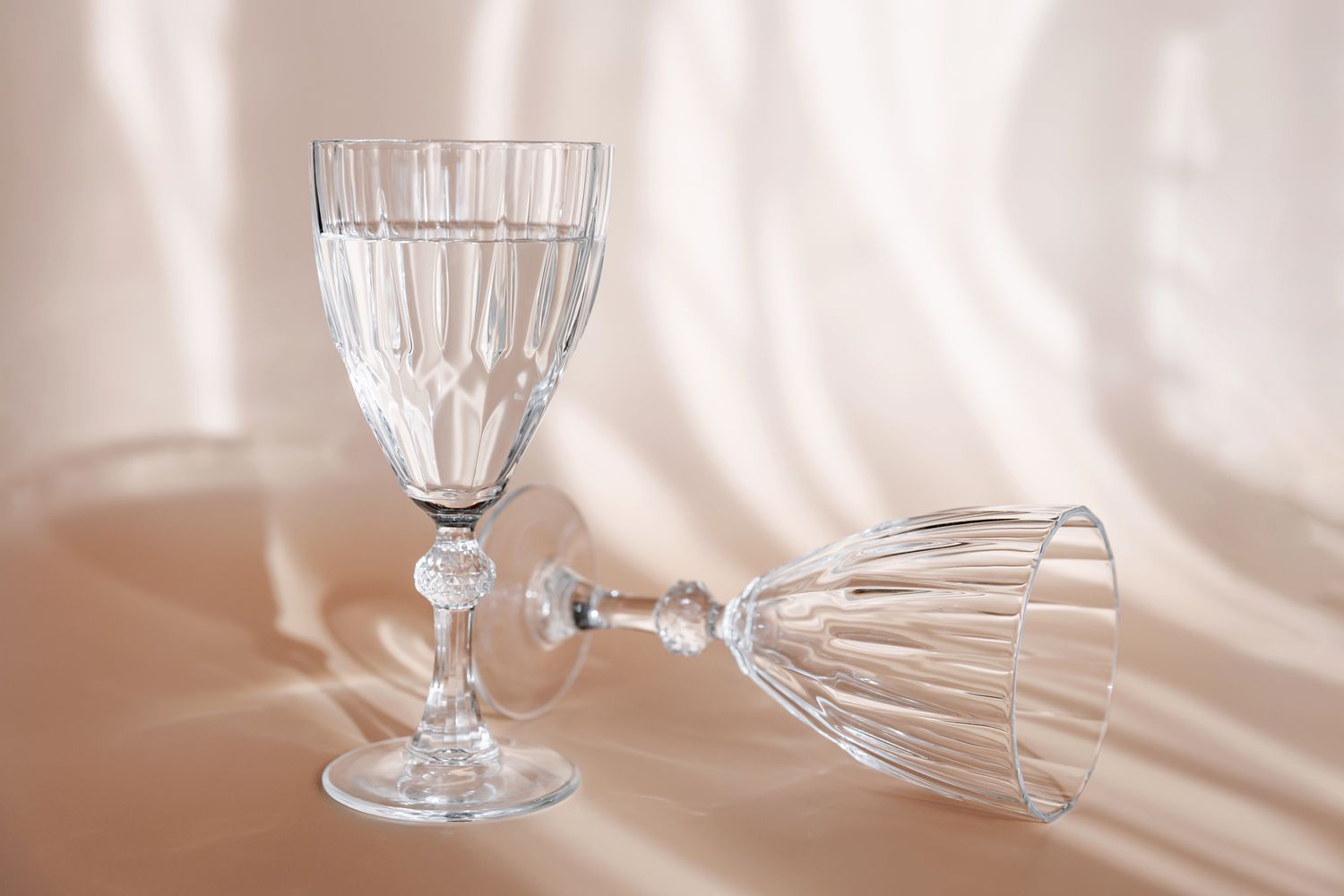
What Is The Difference Between Cut Glass and Crystal?
If you’ve recently been passed down a family member’s glassware collection, you might be curious about some of the pieces with intricate designs. Grandma might have called her catalog her crystal, but not all etched glass is alike. At first glance, it can be difficult to tell true crystal from cut glass. Follow along for our best tips on how to spot the difference between the two.
What Is Cut Glass?
Cut glass is, traditionally speaking, glass that features intricate designs embedded into the surface of the glass by hand. True cut glass is created by artists moving a piece of glass against round blades in detailed patterns. More modern techniques that are easier to mass-produce, however, involve shaping glass with molds. Sometimes the material is injected into a mold (for things like goblets), and others it is pressed against a mold (like to add a design to a plate). These items will have a similar appearance to cut glass but will be sold at a lower price point because of their larger-scale production.
What Is Crystal?
Crystal is actually a subset of glass, meaning it’s not entirely different from the ordinary kind but rather an augmented form of glass. Metal alloys and minerals, such as silica or potassium carbonate, are added to regular glass to create crystal; this enhances the material’s shine and durability. Because of its additions, crystal is able to make up thinner, finer objects while retaining its strength. Crystal objects can be more easily cut and designed, in similar patterns to cut glass, because of this durability.
How To Tell The Difference
Getty Images
There are a few ways you can try to suss out whether that delicate piece you see at the secondhand shop is crystal or cut glass. The first and perhaps most famous method is by tapping or striking the material. If it is crystal, there will be a distinct sonorous ringing sound that is reminiscent of a bell; cut glass will not have this noise. Additionally, most crystal items will refract light, spreading small rainbows and pools of refracted light across an area when held in direct sunlight.
Although less precise, you can also use more rudimentary senses for this determination. Crystal will be much heavier than normal glass, because of the augmentation of the material in the manufacturing process. And despite its heft, crystal items are also usually thinner than cut glass, so be sure to keep an eye on the thickness. Also, crystal tends to have a brighter shine than cut glass.
How To Care For Cut Glass And Crystal
Getty Images
Any item made out of glass is going to need to be handled with care. Experts recommend storing glassware on lower shelves in cabinets, for instance, to lessen the likelihood of falls from height.
On washing: When washing crystal specifically, it’s best to use a light hand and care; the molecular structure of crystal might be more durable, but in practicality, it can be much more delicate than cut glass. Use just your fingertips when washing the rim of a crystal glass, for instance. You should also avoid twisting two portions of a crystal object (like a bowl and its foot) in different directions when washing to prevent them from breaking apart.
On storage: Many experts advise storing glassware upside down in cabinets to avoid dust and debris from entering them, and this remains true for cut glass. Crystal drinkware, however, because of its thin and delicate rims, should be put away right side up to avoid unnecessary stress.










